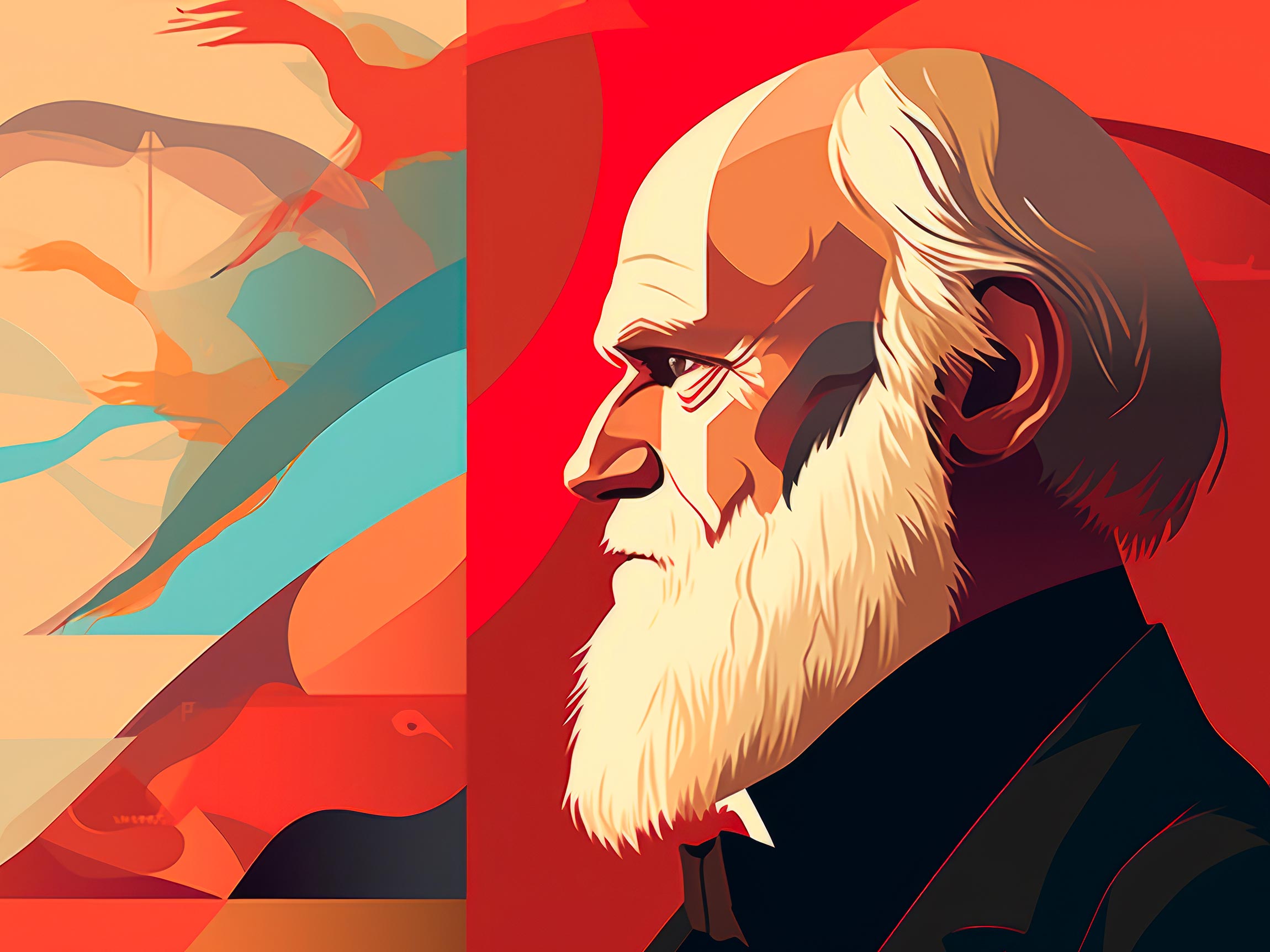Much like the diverse species that adapt and evolve over time, design has undergone its own transformative journey, shaped by the influences of culture, technology, and human creativity.
The Adaptation of Aesthetics
Darwin’s theory of natural selection states that species best adapted to their environment are more likely to survive and reproduce. Similarly, design trends often emerge as a response to societal changes, technological advancements, and cultural shifts. Just as species evolve specific traits to thrive in their surroundings, designers adapt their aesthetic choices to resonate with contemporary audiences.
Look at the transition from the ornate and intricate designs of the Victorian era to the clean lines and geometric shapes of the Art Deco movement. As societies evolved, embracing a more streamlined and industrialized world, design followed suit. This adaptation to changing environments is a hallmark of both natural evolution and design evolution.
Survival of the Fittest
In nature, the concept of “survival of the fittest” suggests that traits that offer a competitive advantage will prevail in a given environment. Similarly, design trends that resonate with the needs and preferences of a particular era tend to dominate. This can be seen in the rise of minimalist design in response to the digital age’s information overload. Clean and uncluttered designs became “fit” for the fast-paced, digital world.
Just as species coexist and compete within an ecosystem, design styles coexist within the visual landscape. The interplay of various styles, from vintage to futuristic, creates a visual ecosystem where each has a role to play. Some styles thrive while others fade, illustrating the cyclical nature of design evolution.
Mutation and Innovation
Darwin’s theory also encompasses the concept of mutation, where genetic variations occur and lead to novel traits. In design, innovation often arises from the exploration of new techniques, materials, and technologies. Just as genetic mutations drive species to new adaptive heights, design innovations push the boundaries of creative expression.
Consider the impact of digital technology on design, enabling interactive and immersive experiences. This digital mutation has birthed entirely new design possibilities, much like genetic mutations introduce novel features to organisms. Moreover, as design trends mutate and blend, new hybrid styles emerge, further enriching the visual vocabulary.
Cultural Niche and Design Diversity
Analogous to species that inhabit specific ecological niches, design styles often flourish within particular cultural contexts. This localization of design mirrors the specialization of species to unique habitats. The vibrant color palette of a culture, the symbolism of its traditions, and the values it holds dear all influence the design choices that thrive within it.
Look at the intricate designs of Buddhist art, influenced by cultural and religious factors. This distinct visual language thrives in its cultural niche, much like species adapt to specific habitats. Similarly, design trends can be tied to specific cultural moments, resulting in an array of diverse design expressions.
The Evolution of Visual Language
Just as species evolve to fill ecological roles, design evolves to fulfill communication needs. Over time, design has shifted from static print media to dynamic digital platforms, changing the way messages are conveyed. This transformation is akin to the evolution of biological forms to suit changing ecological niches.
The advent of responsive design, for instance, reflects the need to adapt visual communication to various screen sizes and devices. This evolution in design echoes the way species adapt their physical forms to thrive in different environments. As the modes of communication evolve, so does the visual language that goes with it.


